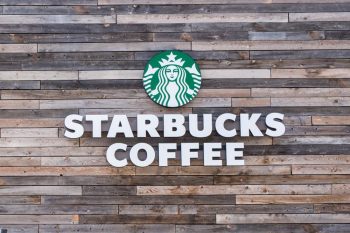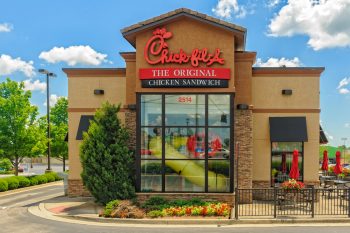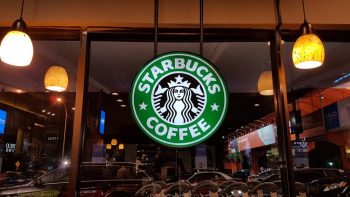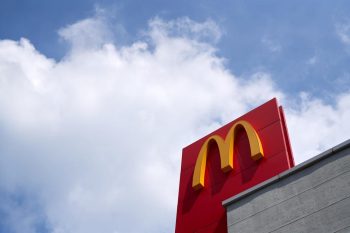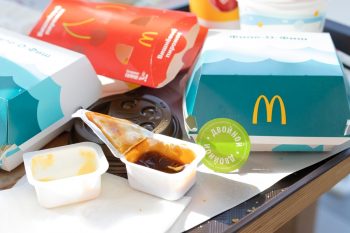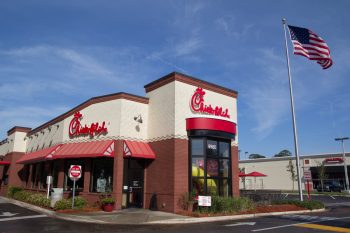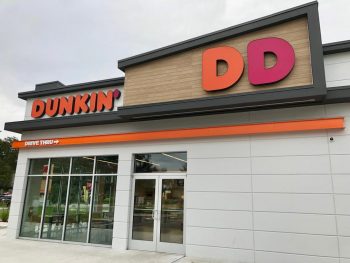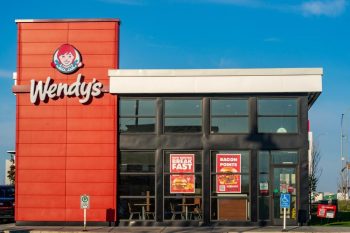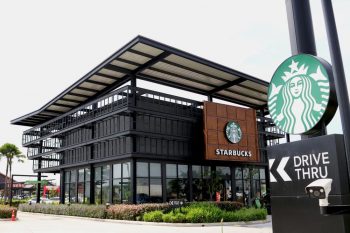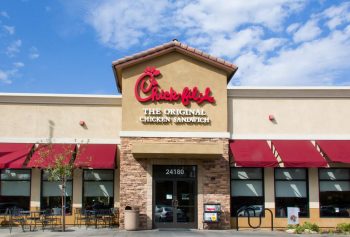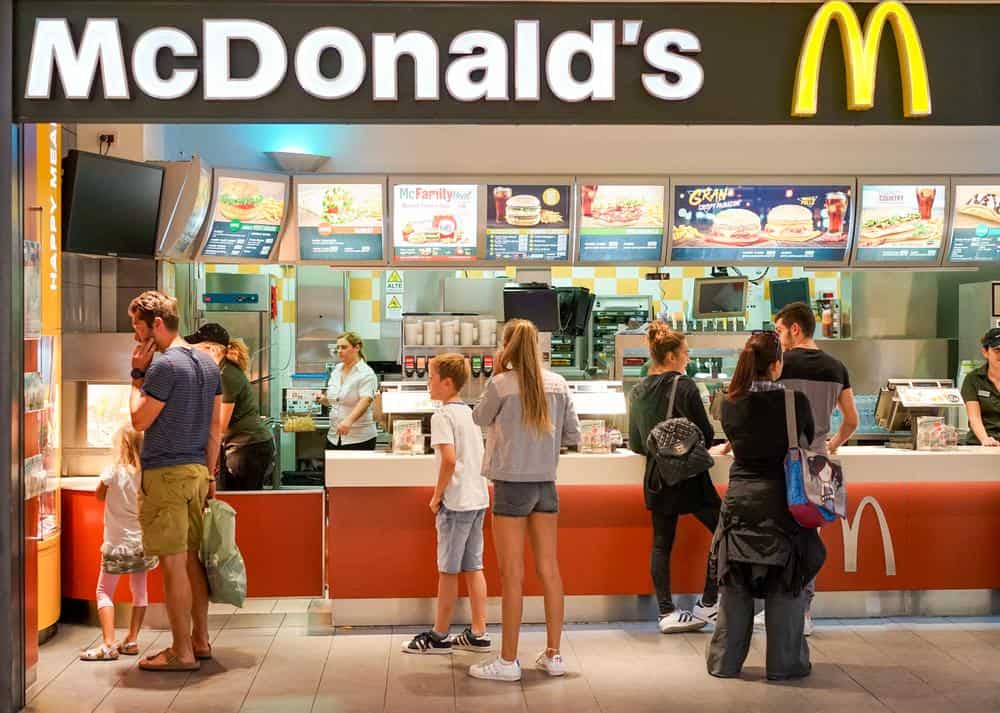
McDonald’s, a global fast-food giant, has used a unique diffusion model to expand its business operations across the world. This article explores the diffusion model employed by McDonald’s, the challenges it faced during its expansion, and how it overcame them.
The diffusion of McDonald’s can be characterized as a mix of hierarchical, contagious, and stimulus diffusion. McDonald’s has used a transnational business strategy to maintain its core brand identity while adapting to local tastes and preferences in different countries. Key to its global expansion has been its ability to adapt its menu, supply chain, infrastructure, and technological capabilities to suit the unique requirements of different countries.
Understanding Diffusion in Business and Marketing
In the business and marketing context, diffusion refers to the process by which a new idea or product is accepted by the market. The rate of diffusion is the speed at which the new idea spreads from one consumer to the next. Diffusion marketing assesses the way people in specific markets adopt new products and innovations.
McDonald’s Diffusion Model
McDonald’s employs a transnational business strategy in its business model. This approach seeks a balance between a multidomestic strategy and a global strategy, allowing the company to maintain its core brand identity while making concessions to local tastes and preferences in different countries.
McDonald’s Global Expansion
McDonald’s began its global expansion in 1967, opening its first international locations in Canada and Puerto Rico. Today, the company has over 36,000 restaurants in more than 100 countries. McDonald’s has achieved global success by adapting to local cultures and preferences, using a franchise model, and focusing on menu innovation, digitalization, and customer experience.
Overcoming the Challenges
McDonald’s has faced several challenges in its diffusion process, particularly in adapting to different cultural contexts and preferences. The company has overcome these challenges by adapting its menu, supply chain, infrastructure, and technological capabilities to suit the unique requirements of different countries.
Lessons from McDonald’s Diffusion Model
Other businesses can learn several lessons from the diffusion model used by McDonald’s: focus on adaptation, innovation, standardization, localization, targeting nonconsumption opportunities, having an effective innovation process, and being culturally sensitive.
Adapting Menu to Different Cultures
McDonald’s adapts its menu to cater to different cultures and local tastes. Some examples include using chicken thigh meat instead of chicken breast meat in China, replacing pork with fish in Indonesia, replacing beef with chicken in India, offering pita bread sandwiches in Morocco, and introducing the Rice Burger and Seaweed Shaker in Japan.
Conclusion
In conclusion, McDonald’s diffusion can be characterized as a mix of hierarchical, contagious, and stimulus diffusion. The company has spread through various channels and adapted to local cultures while maintaining its core identity as a fast-food chain. It has set an example for other businesses on how to successfully expand globally while respecting and catering to local tastes and preferences.
Frequently Asked Questions
What is a transnational business strategy?
A transnational business strategy is a business model that combines aspects of global and local operations. The company maintains a strong brand identity globally but also adapts its products or services to the specific tastes, preferences, and cultural norms of individual countries.
What is McDonald’s core brand identity?
McDonald’s core brand identity is being a fast-food chain that offers quick service, consistent quality, and affordable prices. It is also known for its signature products like the Big Mac, Chicken McNuggets, and French fries.
How does McDonald’s adapt its menu to different cultures?
McDonald’s conducts extensive market research to understand local tastes, preferences, dietary habits, and cultural norms. Based on this research, it modifies its menu offerings in different countries. For example, in India, where a large proportion of the population does not eat beef, McDonald’s offers chicken and vegetarian alternatives.
What is McDonald’s franchise model?
McDonald’s franchise model allows independent entrepreneurs to operate McDonald’s-branded restaurants. The company provides the brand, operational standards, and support, while the franchisee invests in the restaurant and manages day-to-day operations.
What are nonconsumption opportunities?
Nonconsumption opportunities refer to potential markets or customer segments where the current demand for a product or service is not being met. McDonald’s targets nonconsumption opportunities by offering products that cater to local tastes and preferences, thereby attracting customers who might not usually eat at fast-food restaurants.

